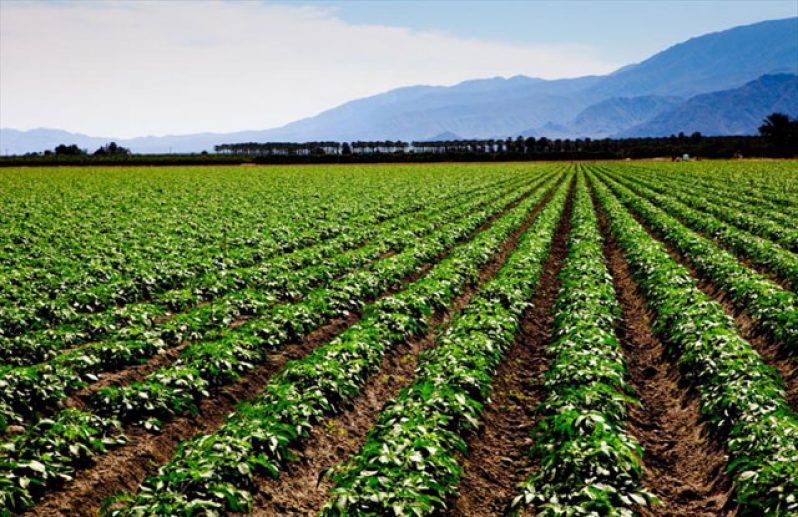CURRENTLY, the world has a population of over seven billion persons, and this number is increasing daily. One of the effects of the steadily increasing population is an increasing demand for food.  However, providing enough food for such a large population is a difficult task, considering the growing competition for land, water, and energy. Moreover, one in seven persons does not have access to sufficient protein and energy from their diet, and even more suffer from some form of micronutrient malnourishment. However, while producing more food would reduce the number of hungry persons in the world, the act of producing food also affects our environment. Therefore, when considering boosting our agricultural output, we also need to think about the environmental implications.
However, providing enough food for such a large population is a difficult task, considering the growing competition for land, water, and energy. Moreover, one in seven persons does not have access to sufficient protein and energy from their diet, and even more suffer from some form of micronutrient malnourishment. However, while producing more food would reduce the number of hungry persons in the world, the act of producing food also affects our environment. Therefore, when considering boosting our agricultural output, we also need to think about the environmental implications.
In order to maximise food production and minimize impact on the environment, the challenge is to produce more food with fewer resources. Sustainable agriculture seeks to preserve as much soil, water and biodiversity as possible with as minimal harmful side-effects and is crucial to long-term food security.
Some sustainable agricultural practices are:
• The use of renewable energy on farms
Energy from natural sources such as the sun and wind can be used to power equipment on farms, while machinery could use biofuels where available. Feedstock such as rice husks can be used to generate electricity, and anaerobic digesters can be used to convert animal waste to biogas. In addition to generating electricity, these microbes also treat the waste and produce fertiliser.
• Managing water use
Water is an invaluable resource that is used for various purposes including farming, recreation, fishing and cultural activities. Effective management of water resources in agriculture is critical, not only in increasing agricultural production, but also ensuring that water is shared with other users, thus maintaining the environmental and social  benefits associated with it. Water saving technologies and practices such as drip irrigation, low pressure irrigation systems can be adopted, along with improvements in irrigation systems such as scheduling irrigation to plant needs, and replacing earth with concrete linings for irrigation canals.
benefits associated with it. Water saving technologies and practices such as drip irrigation, low pressure irrigation systems can be adopted, along with improvements in irrigation systems such as scheduling irrigation to plant needs, and replacing earth with concrete linings for irrigation canals.
• Integrated crop and livestock systems
An integrated crop and livestock system manages crops and animals on the same farm in a way that they will complement each other. An integrated system would usually include a herd of ruminants (animals like sheep, goats or cattle), which graze a pasture to build up the soil. Eventually, sufficient soil organic matter builds up to the point where crops can be supported. This system increases the diversity, along with environmental sustainability, of both sectors. At the same time it provides opportunities for increasing overall production of farming.
• Pesticide management
Using a common sense approach to managing pests is a good way to ensure environmental sustainability on farms. This involves regular monitoring to properly identify the severity of problems associated with pests. When the problem has been identified, the options for controlling pests can be then be evaluated, which would allow for the least – toxic control option to be selected and implemented. The main focus of a pesticide management system should be:
1. Accurately diagnose problems before considering any treatment;
2. The use least-toxic solutions when addressing problems;
3. Nor applying fertiliser or pesticides just before rain;
4. Not killing every bug – 95% of insects are not pests;
5. Use pesticides as a last resort;
6. Always read and follow pesticide label instructions; and
7. Encourage beneficial insects.
Kids Activity
Help the family members choose the right route to the crops grown using sustainable methods.
You can share your ideas and questions by sending letters to: “Our Earth, Our Environment”, C/O EIT Division, Environmental Protection Agency, Ganges Street, Sophia, GEORGETOWN or email us at eit.epaguyana@gmail.com



.jpg)










